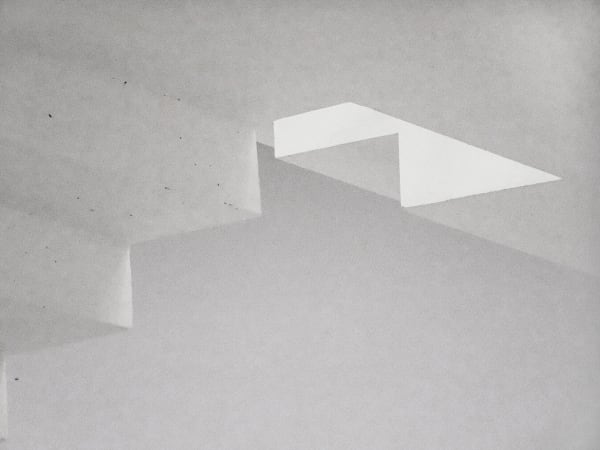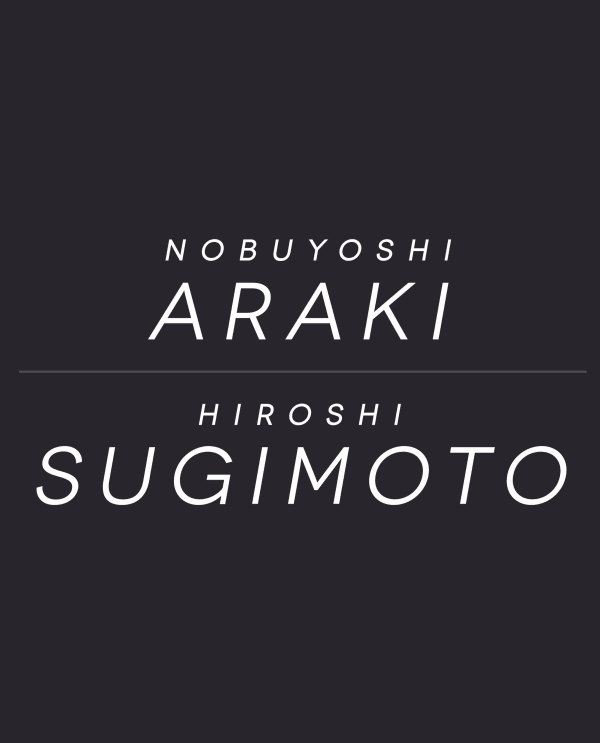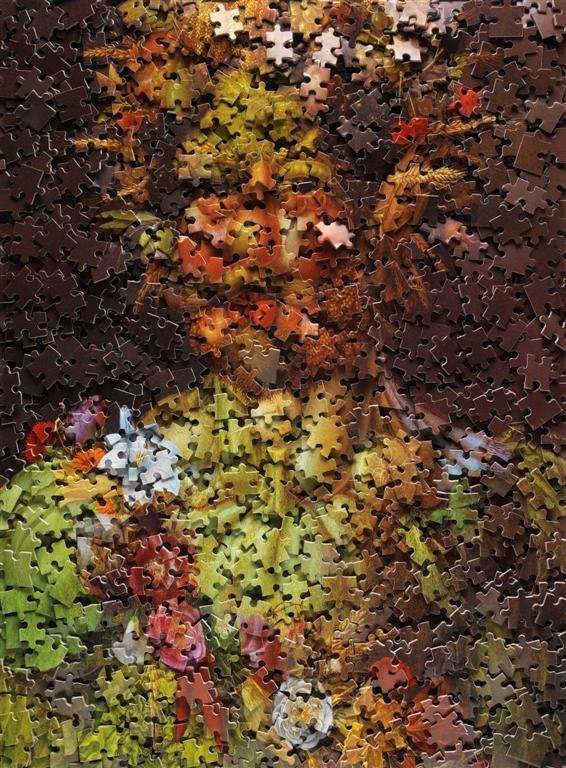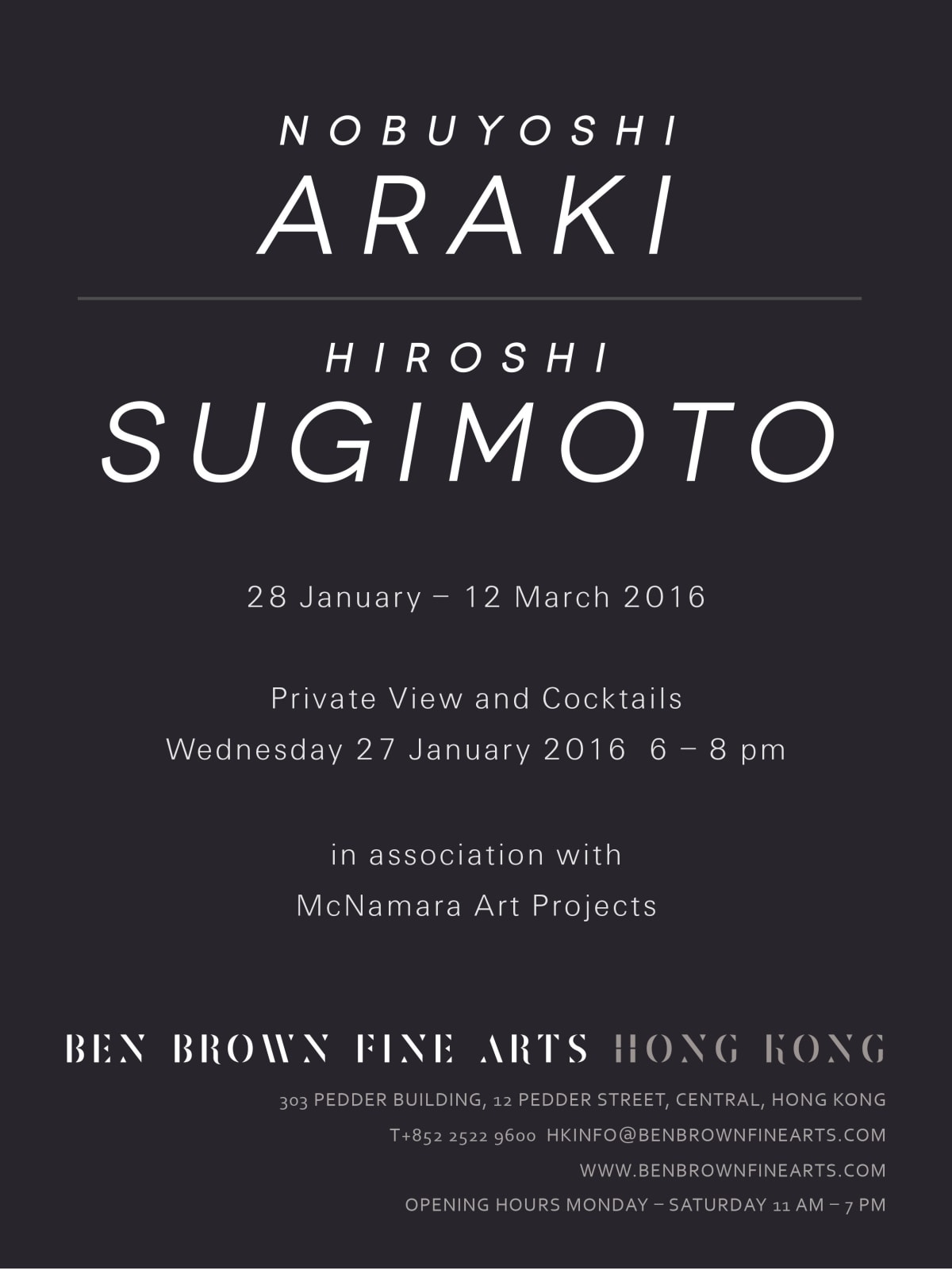Hiroshi Sugimoto, born in Tokyo in 1948, is a photographer and multidisciplinary artist whose work probes the nature of time, memory, and perception. Sugimoto trained first in politics and sociology at Rikkyō University before turning to photography, retraining as an artist at the Art Center College of Design, Los Angeles, in 1974. Known for long exposures and meticulous craft, Sugimoto's images often feel suspended in a quiet beyond. Whether photographing empty theatres, seascapes unchanged for millennia, or wax figures stilled in time, his work invites a slow looking – a kind of meditation on duration and decay. Across decades, he has returned to the question of what it means to see, and what photography can preserve.
Sugimoto has exhibited extensively at institutions such as the Museum of Contemporary Art (MOCA), Los Angeles; Metropolitan Museum of Art, New York; and the Serpentine Gallery, London. Public collections include the Museum of Contemporary Art, Tokyo; National Museum of Modern Art, Tokyo; Metropolitan Museum of Art, New York; Museum of Modern Art (MoMA), New York; Centre Georges Pompidou, Paris; Moderna Museet, Stockholm; Museu d’Art Contemporani de Barcelona (MACBA), Barcelona; and Tate, London. Awards include the Japanese Medal of Honour with Purple Ribbon (2010), Japan’s Praemium Imperiale (2009) and the Hasselblad Foundation International Award (2001). Sugimoto divides his time between Tokyo and New York City.
-

Knokke Summer Pop-Up!
9 Jul - 26 Aug 2020Ben Brown Fine Arts, London and Hong Kong, is thrilled to announce our first Summer Pop-Up in Knokke, Belgium. We look forward to welcoming our clients to view a curated...Read more -

DARKROOM | A Group Show
27 Jul - 15 Sep 2018 Hong Kong
Kitty Chou, Candida Höfer, Vik Muniz and Hiroshi SugimotoBen Brown Fine Arts is thrilled to present our summer exhibition, Darkroom , at the Hong Kong gallery from 28 July to 15 September 2018. The show will bring together...Read more -

Nobuyoshi ARAKI / Hiroshi SUGIMOTO
28 Jan - 12 Mar 2016In association with McNamara Art Projects Ben Brown Fine Arts Hong Kong, in collaboration with McNamara Art Projects, is pleased to announce the exhibition Nobuyoshi Araki / Hiroshi Sugimoto ,...Read more -

Photography Group Exhibition
31 Mar - 7 May 2011Nobuyoshi Araki Candida Höfer Vik Muniz Thomas Ruff Hiroshi SugimotoRead more








